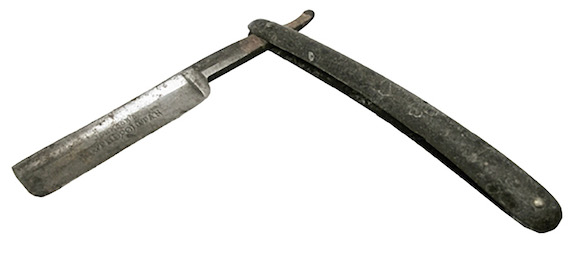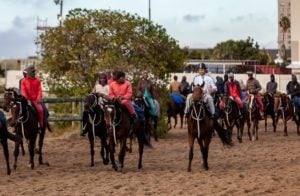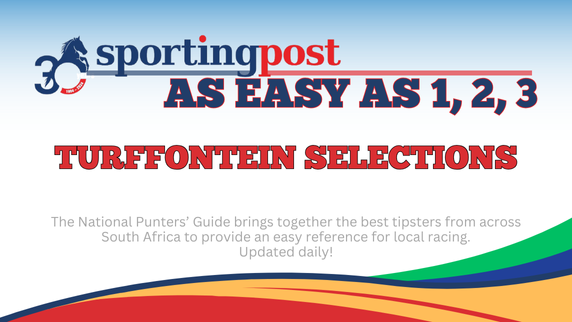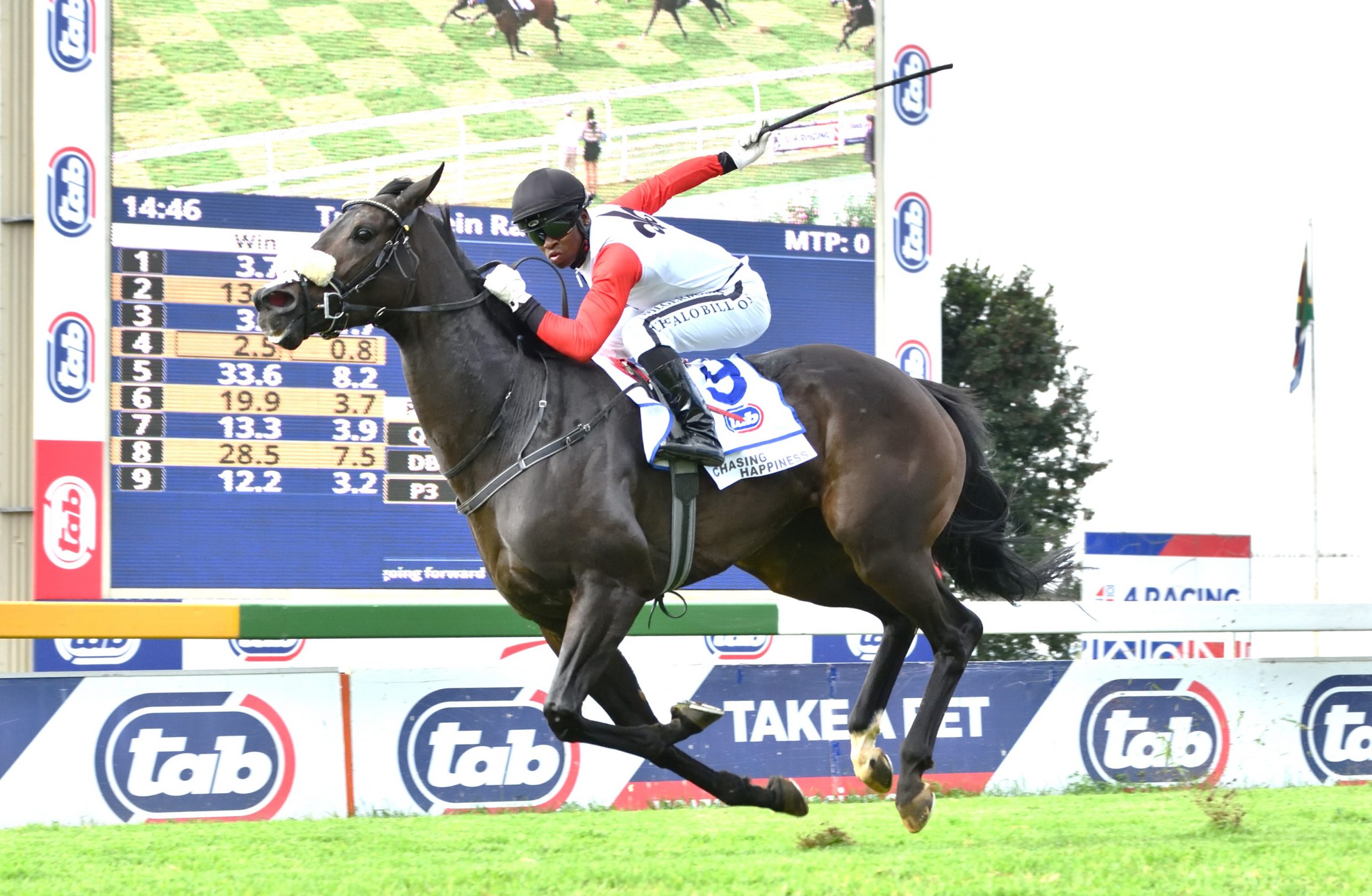Occam’s razor is a problem-solving principle attributed to William of Ockham, who was an English Franciscan friar, scholastic philosopher and theologian.
The principle can be interpreted as stating ‘Among competing hypotheses, the one with the fewest assumptions should be selected.’ Or more simply put, ‘the simplest answer is most often correct.” But of course, sometimes it is not.
The recent NHA announcement that they are slashing headcount has come as something of a surprise. While the issue of how our Regulator is funded (by the Operator) has been hotly debated over the years, despite rather obvious signs to the contrary, there has always been strenuous denial that the Operators placed any sort of financial restraint on the NHA.
What the figures say
The NHA’s 2016 Annual Report states that Revenue is up 9.3% from 2015-2016. Expenditure is also up, but only 4.4% and while the NHA posted a loss, it was R0.36m for 2016, instead of R6.9m in 2015, so the balance sheet seems to be improving.
Mr Barends has given repeated assurances that he has the full support of the Operators and unlike his predecessors, has had none of the austerity measures of the past imposed on him. So it begs the question, why the drastic cuts?
It is fairly common knowledge that there has not been a permanent NHA representative in Kimberley for a number of years now. I would also venture that our existing Stipes were pretty thinly stretched and that good people are hard to come by. Indeed we saw the excellent Mr McGillivray – specifically drafted in to help improve matters – leave because we could not afford to remunerate him as well as other jurisdictions.
On top of race day duties, there are starting procedures, census checks, identifying horses in their various yards, managing the movement of horses, retirement of horses, processing geldings, changes of ownership, random inspections, sales identification and so on to carry out. The job requires skill in reading races, handling enquiries, dealing with specimens, inspecting runners on parade, liaising with veterinary staff, members of the media and the public, jockeys, trainers and owners, etc. In short, it is not something one learns overnight. Indeed, horses are a discipline in which one never stops learning, which is one of the aspects that makes it so damn compelling.
South African Stipes lodge far fewer objections than their international counterparts (for reasons unknown), and while it is an unenviable task at the best of times, there is sufficient noise from punters, jockeys, trainers and owners alike to give the impression that overall the status quo was not considered satisfactory. If the current restructure is indeed, as being stated, an exercise towards greater efficiency and effectiveness, it would seem that we need to INCREASE rather than REDUCE the number of hands on deck.
More numbers
However the recent cuts have seen redundancies – which means that those positions are not allowed to be filled by other individuals – and means we will need to cope on the numbers we are left with.
For the sake of clarity, that means 5 Stipes to cover Central Provinces, 4 Stipes for KZN, 3 Stipes for the Western Cape and 3 in the Eastern Cape. According to Mr Barends, “Stipendiary Stewards will focus more on the primary functions of a steward and other functions can be redistributed to other staff and/or part time staff.”
The NHA has also seen fit to do away with investigating officers in each province and we will be reduced to one on a national basis. Given that we race 364 days out of 365, that seems a pretty big job.
Our handicapping complement has been reduced from 4 to 3.5. Given that we have approximately 7000 individual runners per season (according to the NHA’s snazzily printed and bound 2016 Annual Report) that leaves around 2000 horses per handicapper. Of course, MR’s need adjusting / re-evaluating after every single race and borrowing some (admittedly slightly dated) info from the SA Racing Fact Book, it seems we have around 45,000 starters per season. That leaves around 12,800 starts per handicapper.
Lastly, we have lost some of our stud book staff. We reportedly have an annual foal crop of around 3200 foals per year, 2800 mares (this number has to be nonsense given that we appear to have 400 more foals per year than we have mares), 85 stallions, and then add in breeders registrations, name changes, ownership registrations, issuing of passports, etc. I have always found the Stud Book staff to be enormously helpful and friendly, but I know that a number of people do have problems getting paperwork processed.
Why?
When quizzed on the changes, Mr Barends stated “These are the changes I’ve made after a year in the job and therefore having a better understanding of what’s required.” While I admire his chutzpah, Mr Barends is, by his own admission, not a racing man, so one would have to assume that these decisions were made with the full support and endorsement of the NHA Board (Andy O’Connor – replaced by Ken Truter as Chair, Lyndon Barends as CEO, Cecil Beyleveld, J J du Toit, Arnold Hyde, Roy Moodley, Rodney Trotter and Jonathan Witts-Hewinson). While these are all perfectly fine gentlemen, I have not seen too many rolling up their sleeves to watch patrol films or shepherd horses around on a race day, so one has to wonder at the practicality behind the decision-making and again, the reasoning behind it.
However, there is contingency planning in place and Mr Barends says, “In future we will implement a cadet system (internship) from which we will be able to recruit above average performers.”
While I don’t mean to be awkward, given the fact that the NHA did not exactly receive glowing reports from most quarters with their previous set of staff, is it really credible to expect us to swallow that a cadet system will produce ‘above average performers’? Unless we are going to follow the SA schooling system and simply drop the average to suit our needs….
More numbers
To look at these numbers in practice, I reached for my copy of the NHA’s annual report again. While it is tricky to get a handle on how many horses we have per centre, the report states there are approximately 1600 horses in KZN and around 1300 horses in the Western Cape. Individual figures were not listed for PE, Gauteng and Kimberley, but given that we have around 7000 individual runners per season, I would guess the balance would be spread across the remaining centres. For argument’s sake, let’s divvy the remaining 4000 horses up and allocate 2000 to Gauteng, 1000 to PE and 1000 to Kimberley (these are thumb suck figures, but it’s mainly for the sake of illustration).
This indicates that the Western Cape is allocating 3 stipes for 1300 horses, or 433 horses per Stipe. In KZN we have 1600 horses and 4 Stipes, making approximately 400 horses per Stipe. If we use my projected 2000 horses in Gauteng to their 5 Stipes, again that leaves around 400 horses per Stipe (however, we have not calculated in the fact that these good people also serve Kimberley). We have 3 Stipes to the Eastern Cape at around 1000 horses, these guys have 333 horses each. There is no team for Kimberley, and those horses (and duties) are covered by the Central Provinces team, meaning that they each get an additional 333 horses on top of their existing 400.
We have 150 trainers, 103 assistant trainers, 157 stable employees, 104 jockeys, 14 jockey agents and 22 apprentice jockeys and approximately 2800 owners. That brings us to a total of around 3350 individuals. With a total of 15 Stipes nationally, that means approximately 223 people per Stipe.
Add on top of that the fact that most staff are split across multiple training centres and factor in things such as flight / travel costs (and the time needed to get around), race day duties, sales duties, pens practice, yard visits and all the paperwork, meetings, phone calls and day to day nonsense and frankly, I’m starting to get a little worried.
A few inconvenient facts
It is a fact of life that people go on holiday, take sick leave or personal leave and as we have seen, our NHA top brass also seem to have a large number of international commitments, meaning that someone has to man the fort at home. We also need to factor in multiple meetings per day, as well as the fact that we are currently in the throes of our feature season in Gauteng with the Durban season just about to get under way.
Some of our major race days have anywhere up to 12 races on the card and if we optimistically assume that these have good sized fields – let’s say 14 runners per race, that’s a total of around 170 horses on a given big feature day which as we have seen with our new Sun Met extravaganza and Champions Day, offer the biggest prize money (and therefore pressure and potential for things to go wrong). Ai karamba.
The horse will tell you
I like to say that most of my life lessons come from horses, so here is another great one that I sadly learnt the hard way from the good old school of hard knocks. It reads ‘Green plus Green equals Black and Blue”. It is usually applied to newbie or ‘green’ horse enthusiasts taking on equally green horses. The result usually means the ‘black and blue’ of bruises – physical as well as bruises to pride and ego.
However, horse people are notoriously stubborn and also notoriously optimistic about their levels of proficiency (we’ve all been there). I found a wonderful article dealing with exactly this situation. The author wrote, “Without a doubt, I am a green rider. I grew up riding western, and, after a very long break, bought an english saddle and took up jumping about two years ago. Shortly thereafter, I purchased a green horse. If I could go back in time, what would I tell myself? Based on my goals, laid out succinctly in my author bio below, I would say: Run. Do not pass go, do not collect $200. Green is not your answer. You want to find a distance? Get a schoolmaster. You want a pretty ribbon? Get a horse who has earned them before. You want to conquer your show anxiety? You sure aren’t going to do it with a horse who is at her first ever competition. In retrospect it seems obvious.”
Not that it is necessary, but we have been reminded that our industry is under financial pressure. We cannot afford mistakes. While hindsight is an exact science, foresight is not.
The 2017 KZN champions season themed ‘The Colour Of Magic’ is upon us. Here’s hoping we get to enjoy the full spectrum and that our new efficient and effective NHA team does not restrict us to Black and Blue.













